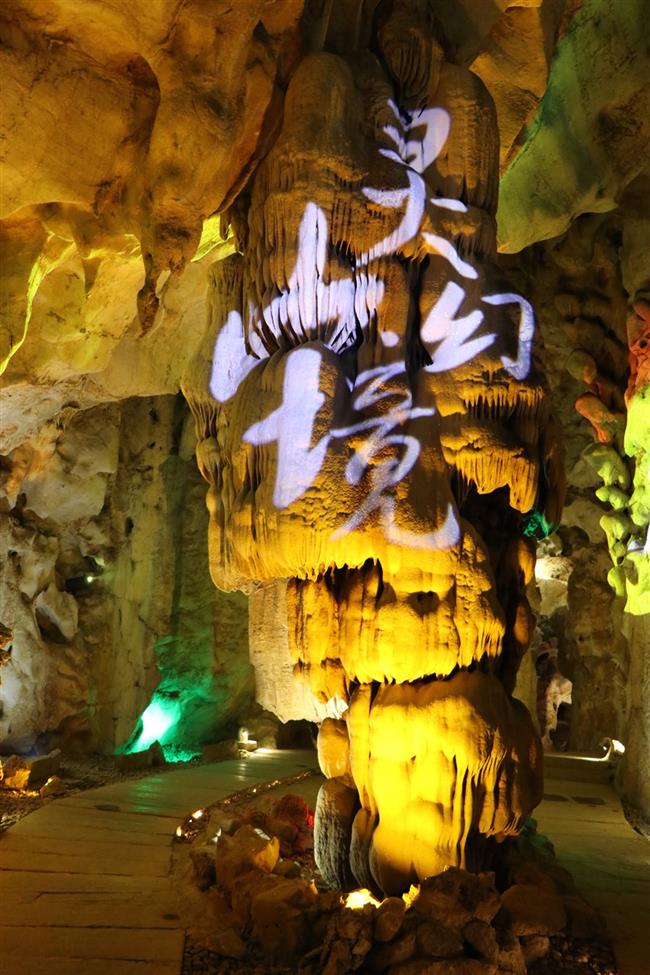Hangzhou attractions make latest 4A list
China’s government recently announced a new batch of 4A national scenic areas, and three Hangzhou attractions were included.
Before they rise to fame and are swarmed with tourists, take advantage of the summer holidays to explore them with family and friends.
Ancient Yanzhou City
古严州城
In ancient times, Hangzhou’s Jiande County was part of Yanzhou Prefecture which today covers Chun’an and Tonglu counties and part of Anhui Province. The core of the prefecture, Yanzhou City, is situated in present-day Jiande County and is well preserved.
The area’s establishment dates back to over 1,700 years ago. As one of the most well-preserved ancient cities in the Yangtze River Delta region, it still retains its original layout including city walls, archways, stone-paved streets, folk houses and temples. The wooden and stone sculptures on these buildings evidence the top-notch craftsmanship of ancient times.
To develop the ancient city into a place where travelers can indulge in cultural, historical and natural splendor, local authorities have made an upgrading plan in line with local characteristics.
Old wells, pavilions, temples, folk houses, stone bridges and archways are further protected to revive the ancient ambiance of the town. The former residences of local notables have been renovated to attract aficionados of history. Time-honored brands and outlets have been rejuvenated to attract younger visitors.
Influenced by neighboring Anhui cuisine, Yanzhou cuisine features spicy and tangy flavors. Preserved foods like pickled vegetables and soy bean curd make frequent appearances in local dishes.

Located in present-day Jiande County, Yanzhou City was established dating back to over 1,700 years ago. It is one of the most well-preserved ancient cities in the Yangtze River Delta region, retaining its original layout.
China National Silk Museum
中国丝绸博物馆
The museum is the nation’s largest silk history research organization, featuring five exhibition pavilions with millennia-old artifacts, ancient looms, ornate silk embroidery and enriched dyeing materials.
The museum also boasts a mulberry garden which has found favor with parents and kids. The mulberry leaf is the sole food source for silkworms and a bed to make their silk cocoons. Workers still breed silkworms according to the original methods in Zhejiang Province, giving visitors a glimpse at the production of silk.
One highlight of the museum is the loom exhibition hall. Varied Chinese looms made it possible for ancient people to weave different patterns on textile. Dozens of antique looms are on display, and workers still use them to weave cloth.
Another exhibition hall showing Zhejiang local embroidery crafts is also worth a visit. With an abundance of silk and an ancient tradition of needlework, Zhejiang natives have created intricate skills, using tiny needles and sometimes separating a single thread into several finer ones, each thinner than a human hair, to hand sew ornate works.
The museum hosts events from June to August every year to display the cultural heritage along the Silk Road. Now, three main exhibitions are underway, showing antiques on loan from dozens of museums around the country.

Dozens of antique looms are on display at the China National Silk Museum. Varied Chinese looms made it possible for ancient people to weave different patterns on textile.
Lingshan Hill
灵山
The Lingshan Hill Scenic Area includes four main attractions, including the Lingshan and Fengshui caves and the villages of Shuangling and Lingshan. Today, local authorities have developed them into an area integrating leisure tourism, natural exploration, culture and sports.
The two caves feature stunning stalactites and stalagmites which were formed millions of years ago. The caverns, nearby waterfalls and streams form a classic karst landscape which has captivated people throughout history.
The Lingshan Cave was noted as early as the Song Dynasty (960-1279) when famous literatus, including Su Dongpo, Bai Juyi and Fan Zhongyan, visited and left poems eulogizing its beauty.
Although these places don’t have starred hotels, they do offer local delicacies, down-to-earth farm life and a respite from urban pressures.
Just an hour by car from downtown Hangzhou, these retreats also offer a refreshing refuge from the summer heat.

The Lingshan Cave features stunning stalactities and stalagmities that were formed millions of years ago.
















